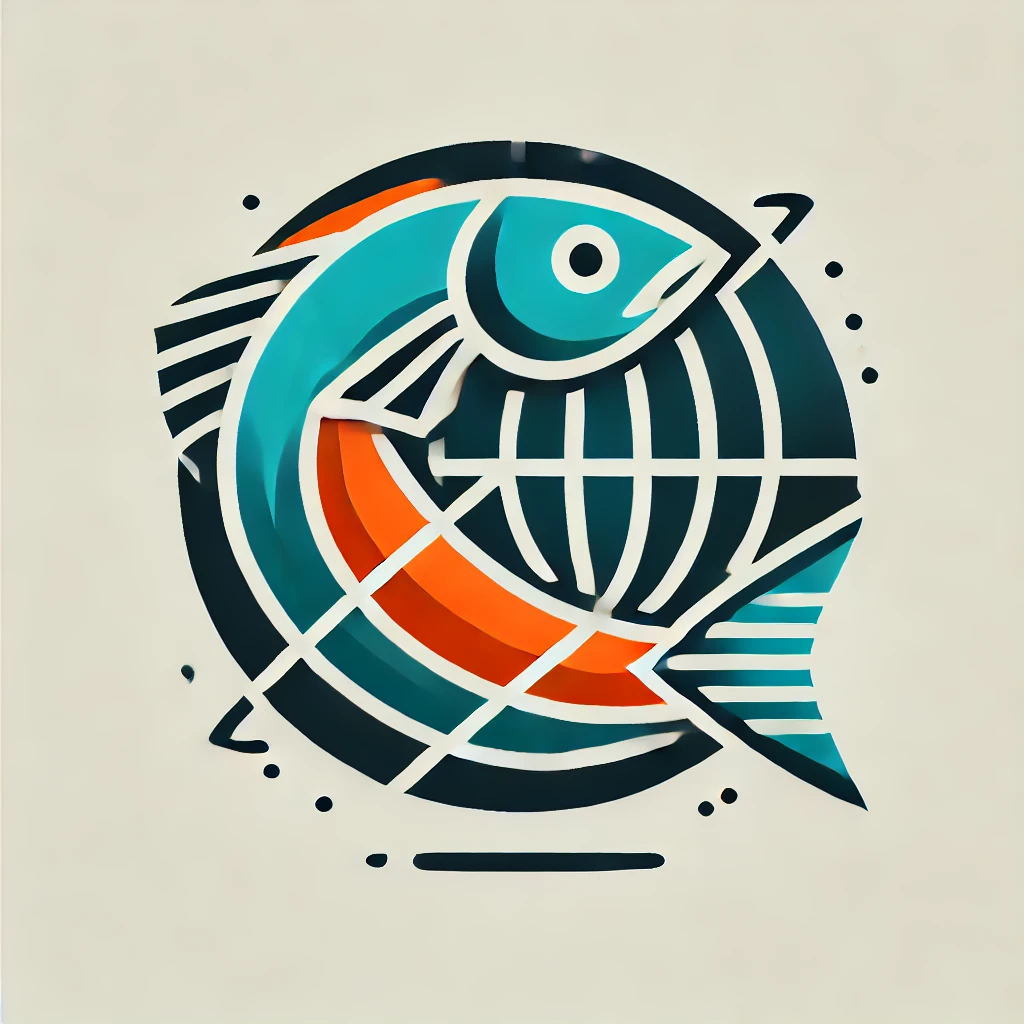Exploring Hake Fishing Opportunities in Spain
Hake, known locally as "merluza," is a prized species among both commercial and recreational fishers in Spain. This demersal fish, belonging to the Merlucciidae family, is commonly found in the northeastern Atlantic Ocean, including the waters off the Spanish coast. It is a highly sought-after catch due to its delicate flavor and flaky white flesh, making it a staple in Spanish cuisine. For anglers seeking a unique fishing experience in Europe, Spain offers a range of opportunities to target this valuable species throughout the year.
Spain's geographical location provides ideal conditions for hake populations, especially along the northwestern coast in the Cantabrian Sea and off the Galician coast. These regions offer nutrient-rich waters where hake thrive at depths ranging from 70 to over 1,000 meters. Recreational fishers can often find success in slightly shallower waters, particularly during the species' seasonal migrations. Many fishing charters operate out of key coastal towns such as Vigo, Gijón, and Santander, offering specialized hake trips equipped with the necessary gear and expertise.
Habitat and Behavior of the European Hake
The European hake (Merluccius merluccius) is the most commonly found hake species in Spanish waters. It is typically nocturnal, feeding on small fish and crustaceans, and prefers sandy or muddy seabeds where it can ambush prey. Juveniles are often located in shallower waters, while adults inhabit deeper offshore areas. The species exhibits seasonal migrations for spawning, which usually takes place between late winter and early summer, depending on water temperature and regional currents.
Fishing for hake requires a sound understanding of its behavior. Since the fish is more active at night, many fishing expeditions are scheduled to begin in the late afternoon and extend into the evening. Bottom fishing techniques are commonly used, often with natural bait such as squid or small fish. Experienced guides recommend monitoring water temperature and seabed structure to identify the most promising fishing zones. Sonar equipment can also be advantageous in locating deeper schools of hake.
Popular Spanish Regions for Hake Fishing
Galicia
The autonomous region of Galicia, located in Spain's northwest, is perhaps the most prominent area for hake fishing. The waters off the Galician coast, particularly near the Rías Baixas estuaries, are rich in marine biodiversity and sustain a large population of hake. Vigo, one of Spain's largest fishing ports, serves as a base for numerous recreational fishing trips. The region's strong maritime tradition ensures that fishers benefit from well-maintained infrastructure and knowledgeable local captains.
Cantabrian Sea
Stretching along the northern coast, the Cantabrian Sea also supports healthy hake populations. The coastal cities of Santander, Gijón, and Bilbao are excellent starting points for fishing enthusiasts. The combination of deep continental shelf drop-offs and favorable oceanic conditions contributes to a consistent hake presence. Fishing here often includes a broader variety of species, allowing anglers to enjoy a mixed catch day on the water.
Andalusian Waters and Bycatch
While hake is less commonly targeted in southern Spanish waters, it can still appear as bycatch in the Alboran Sea, particularly when bottom trawling for other demersal species. Some anglers fishing from ports like Málaga or Almería report occasional hake catches, especially during seasonal migrations. However, targeting hake in this region is less reliable due to its preference for deeper, cooler waters found further north.
Regulations and Sustainable Fishing Practices
Spain, as a member of the European Union, enforces strict fishing regulations to ensure the sustainability of hake populations. These include quotas, minimum landing sizes, and gear restrictions, especially in regions where hake stocks have been under pressure. Recreational fishers are encouraged to familiarize themselves with regional rules, which may vary by autonomous community. Adhering to catch limits and practicing responsible release methods for undersized fish are essential for preserving the species.
Local authorities and marine research institutions closely monitor hake populations to inform policy and conservation efforts. Some areas may have seasonal closures during spawning periods to allow the fish to reproduce undisturbed. Booking trips with licensed operators who follow sustainable practices helps ensure that recreational fishing supports, rather than undermines, local ecosystems. Travelers should inquire about licenses and charter certifications before embarking on a hake fishing expedition.
Combining Fishing with Local Culinary Experiences
One of the joys of hake fishing in Spain is the chance to savor this fish in its culinary heartland. Spanish markets and restaurants serve hake in numerous traditional dishes, including "merluza a la koskera" in the Basque Country and "merluza a la gallega" in Galicia. These recipes often highlight the freshness and subtle flavor of the fish, using regional ingredients like green peas, asparagus, and olive oil. For those who catch their own, many local eateries offer to cook the day's catch.
Fishing tourists can enhance their travel experience by participating in food tours and cooking classes centered around local seafood. This immersive approach not only deepens appreciation for the hake but also connects travelers with Spanish maritime culture. Understanding the journey from sea to table enriches the entire fishing trip, making it more than just a sporting activity. Whether you are a seasoned angler or a curious traveler, hake fishing in Spain offers both excitement and cultural reward.

